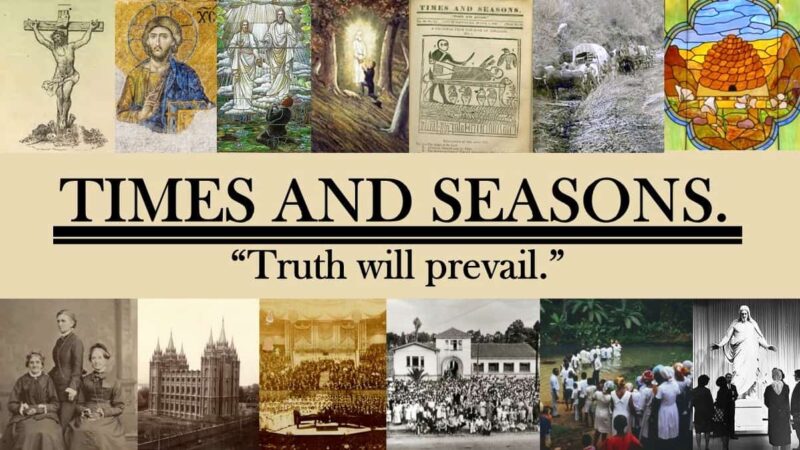Eduardo Balderas is an often-overlooked figure who made tremendous contributions to The Church of Jesus Christ of Latter-day Saints. In a recent interview at the Latter-day Saint history blog From the Desk, biographer Ignacio Garcia shared some insights into who Balderas was.
Ignacio Garcia shared some information about who Eduardo Balderas was:
Eduardo Balderas came to the United States from Mexico with his family as a refugee fleeing the Mexican Revolution in 1910. He was three years old when his Father, Mother, and a younger brother crossed the border to El Paso, Texas. He would become The Church of Jesus Christ of Latter-day Saints’ first official, full-time translator (Spanish), and without doubt its most significant translator since Joseph Smith. …
Spanish-speaking Latter-day Saints came to admire Eduardo Balderas for his translation work of the Doctrine & Covenants, Pearl of Great Price, the temple ceremony, and other works he made accessible in Spanish. Similarly, they observed him as a patriarch and often saw him traveling with other General Authorities.
Since there was no Spanish-speaking General Authority, they chose to recognize him as an unofficial one, thus giving them someone who “spoke with authority”.
He was beloved and was seen as a key figure representing Latino Latter-day Saints at Church headquarters.
As mentioned above, Eduardo Balderas’s most crucial contributions were his translations of Church literature into Spanish. As Garcia explained, when it came to the Doctrine and Covenants and the Pearl of Great Price,
The translation of those two scriptural books provided the Spanish-speaking Saints a greater understanding of the gospel. It also provided them with a deeper doctrine than normally taught, and the Doctrine and Covenants gave them a better understanding of church leadership and protocol.
Lacking these books, the Saints would have found it difficult to progress in the church and would have kept them like children in their own branches and wards.
Another example of this was his work in translating the endowment ceremony into Spanish (the first time it was translated from English to another language):
For Spanish-speaking members, translating the temple endowment into their language enabled them to understand the words and meanings of temple ceremonies as they sealed themselves to their families.
Additionally, it provided training in aspects of the gospel not commonly taught in classes and helped the Mexican community develop leadership.
Translating the endowment into Spanish also meant that it would need to be translated into other languages across the world. Making the sacred accessible to most members was a great breakthrough for the church, and one more instance of the Church growing into a global faith. Without a translated endowment and a translated canon, the Church’s mission to take the gospel to all the world would have been stymied.
He had the backing of mission president Lorin Jones, who, “while active in getting the Church to change its stance on the temple rituals—that they should only be in English—was responding not only to his own views, but to Spanish-speaking leaders who were asking for the translation of the temple rites.”
As Ignacio Garcia noted, “there are many people from diverse backgrounds, including various ethnicities, nationalities, and races, who have contributed to the growth of the Latter-day Saint gospel. We must know their history, and Eduardo Balderas: Father of Church Translation, is my contribution.” For more information about Eduardo Balderas, head on over and read the full interview at the Latter-day Saint history blog, From the Desk. You can also see my review of the biography here: A Review: Eduardo Balderas: Father of Church Translation, 1907–1989.

Comments
3 responses to “Eduardo Balderas”
Thank you for sharing this interview! My paternal grandmother, Betty Gibbs Ventura, worked with Eduardo Balderas in the translation department after her mission to Mexico from 1944-1946. I look forward to reading the book about him and sharing it with my family.
I finished Saints Vol 4 two weeks ago. He sounds like someone who was probably considered for it. Looks like he’s only in it as part of a footnote.
We had a great interview with Ignacio on The Interpreter Foundation Radio Broadcast (now podcast) dated 4-13-25. https://interpreterfoundation.org/interpreter-radio-show-april-13-2025/